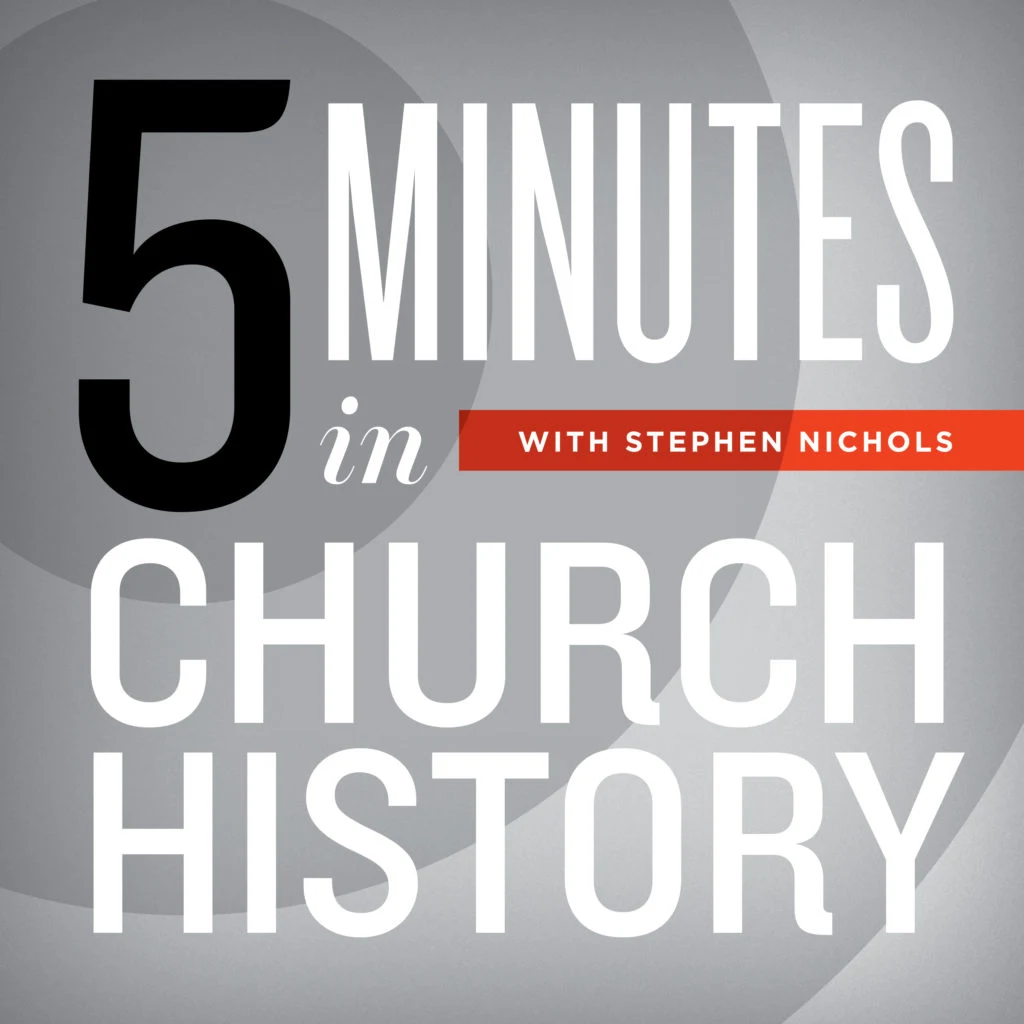Charlemagne’s Chapel

Soon after he was crowned the Holy Roman Emperor, Charlemagne oversaw the completion of an impressive church at his royal residence. On this episode of 5 Minutes of Church History, Dr. Stephen Nichols guides us through the Palatine Chapel, where emperors would be crowned for centuries to come.
On Christmas Day 800, Charlemagne was crowned Holy Roman Emperor. He had been born in 748. He was the firstborn son of Pepin the Short. Pepin’s father, Charlemagne’s grandfather, was Charles Martel. These are all legends in the first half of the Middle Ages. Towering figures, they were uncommon warriors, statesmen.
But on this episode of 5 Minutes in Church History, let’s consider a church that was built by Charlemagne, Charlemagne’s Chapel. He started his rule as King of the Franks after his father’s death in 768. Through the 770s and 780s and into the 790s, successive campaigns increased his reign and led to his ascension to the heights of power. He was, by all accounts, a deeply pious and religious man. He was a devout follower of the Church. Of course, at the time, this is the Church in Rome.
He instituted a number of church synods, bringing together both church officials and laity to discuss reforms of church life and practice. Much of this was welcomed by the Church.
He also set out to reform culture. Historians refer to this period as the Carolingian Renaissance. Charlemagne promoted literacy and learning, and all of this had a focal point at Aachen. Aachen is in Western Germany, near the border with the Netherlands and Belgium. This was Charlemagne’s preferred royal residence. There at Aachen in 794, he began construction of the Palatine Chapel.
The word palatine means having to do with the emperor. It goes back to the association of the Roman emperors with the Palatine Hill in Rome. So we could also call this simply the palace chapel.
We know the architect was Odo of Metz because of an inscription that credits him, an inscription found right around the chapel’s dome. But otherwise, we know nothing else of this architect. He designed an octagonal dome surrounded by a double octagonal. So, yes, that’s a sixteen-sided ambulatory.
Now in cathedrals and chapels, ambulatories were sort of the aisles. The word means “to walk”; this is where you would walk. So this sixteen-sided aisle surrounded the dome. Picture an interior ring with eight sides, that’s the dome, and then an exterior ring with sixteen, and that’s the ambulatory.
You entered the chapel from the west; so in the mornings you would have the greeting of the rising sun sending its rays in through the glass and in through the openings to bring light into the chapel.
The chapel was flanked by two high towers. The dome rose to just over one hundred feet. At the time, and for centuries, this was the highest interior space in all of Northern Europe. Think of this as a building that was built vertically, not horizontally. Had you lived in the 800s and walked into this chapel, it would have taken your breath away. There was nothing else like it.
The chapel was completed and dedicated in 805. Outside of the chapel is a statue of Charlemagne. In his left hand is a sword, the symbol of the state; and in his right hand is an orb, the symbol of the Church. This symbolism underscores where we are at this crucial moment in church history. This is the moment of Christendom.
Inside this chapel is a marble throne that was built by Charlemagne. It was not the throne he was coronated on. That is down in Rome; and, of course, he was crowned by the pope. But this throne would serve as the coronation throne for emperors of the Holy Roman Empire for centuries to come.
Recent Episodes
A Little Church History of a Middle Colony: The First Great Awakening
December 17, 2025|American Church History
A Little Church History of a Middle Colony: Early Influences
December 10, 2025|American Church History
Gunpowder and a Proclamation
December 3, 2025|Geographical Perspectives
Thanksgiving in Church History
November 26, 2025|American Church History
3 Sermons on the Hallelujah Chorus
November 19, 2025|General Church History
Charles Jennens’ Libretto
November 12, 2025|General Church History
